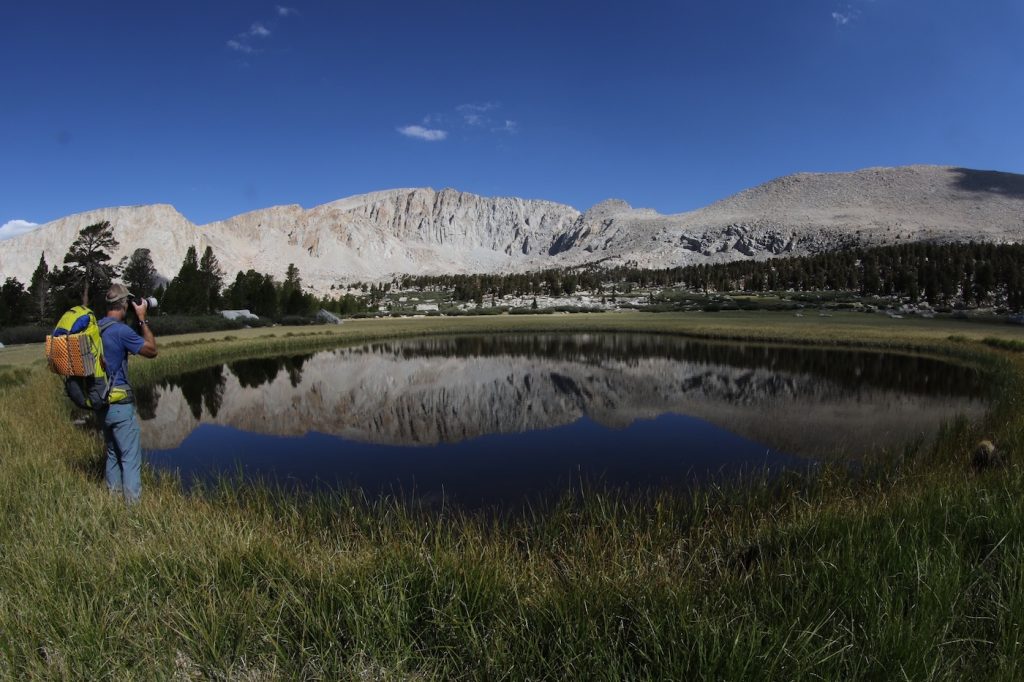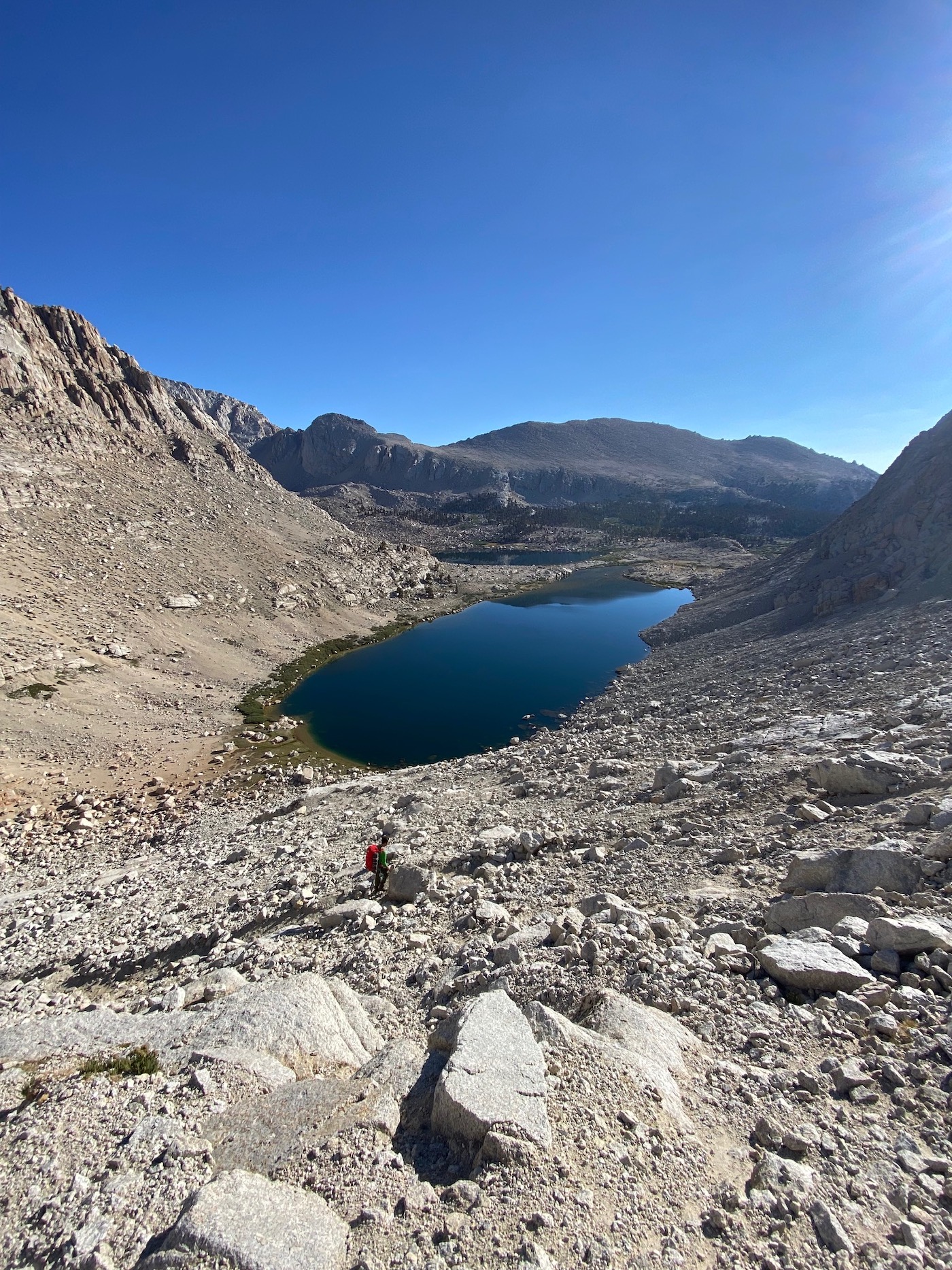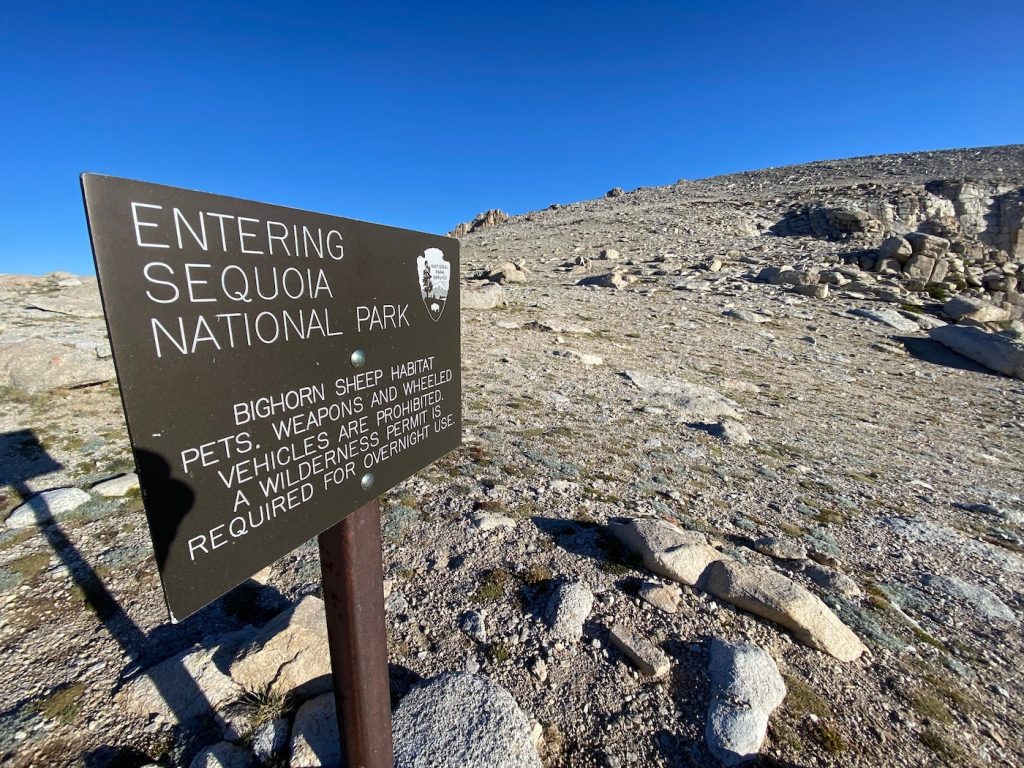Above Tree Line
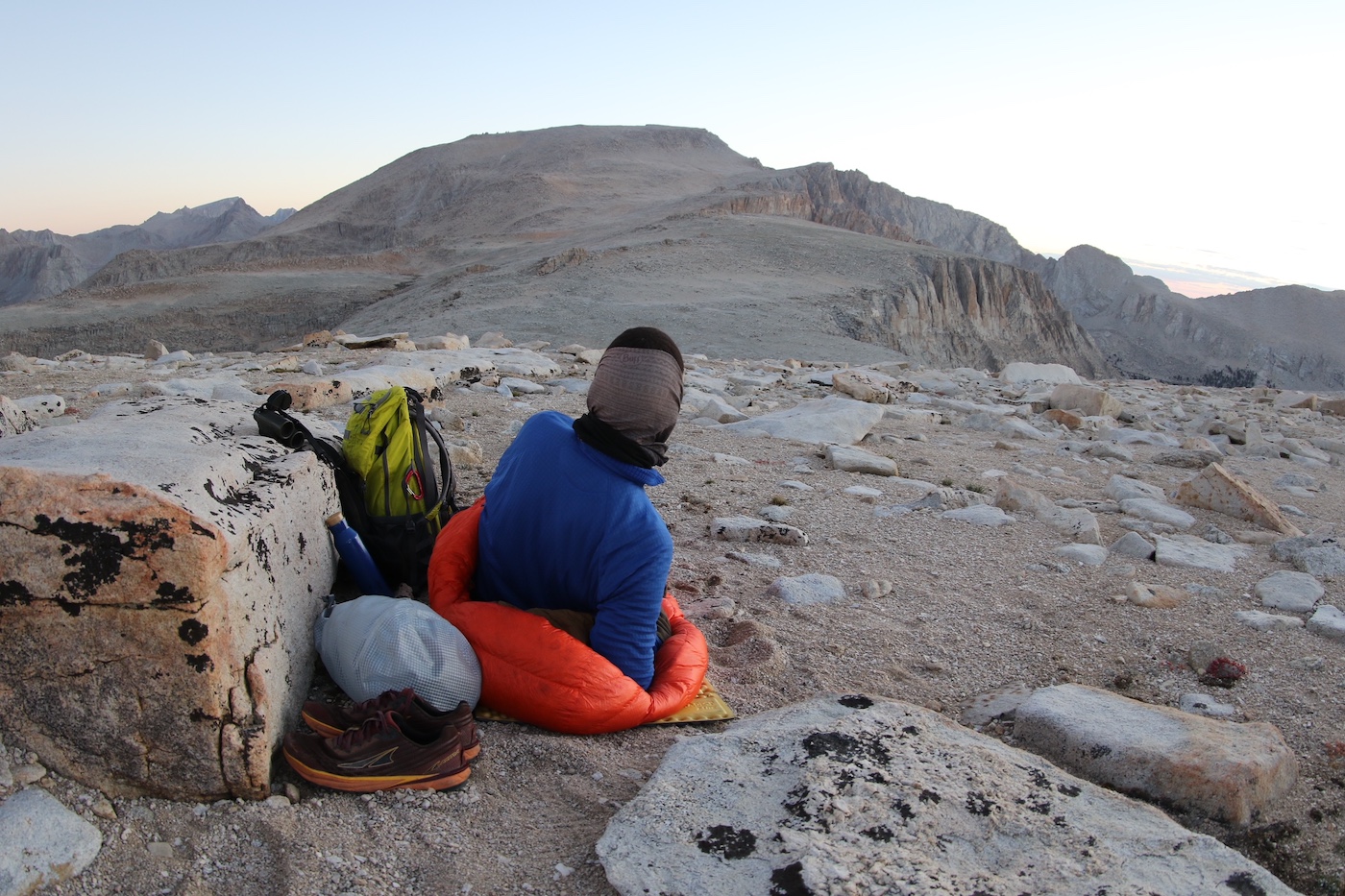
I’d seen them on Old Army Pass in the Eastern Sierra a few years ago, small in stature but hardy American pikas, keystone species and great indicators of a warming planet. Before I saw them, it was their grating chirps concealed in talus, gritty granite habitat required for their survival.
The hike to the summit of Mount Langley at 14,026 feet is stunning to say the least. The first several miles are shaded in towering pine forests, but then the path broadens into sweeping meadows and several emerald-colored lakes, shimmering with reflections of Mount Langley to the north. Beyond the tranquil lakes are two options to ascend a sweeping plateau. Old Army Pass and New Army Pass rise above the lakes and tree line and into granite, talus, and loose scree. I chose New Army Pass this time.
The summit of Mount Langley can be had in a day. I had a night to spare, so I left the coast by late morning, and four hours later I left my truck at the Cottonwood Lakes Trailhead in the afternoon. and summited just after dark. Round-trip, out-and-back, it’s 22 miles. I also had Sierra bighorn sheep on the brain, so after summitting, I walked back to the ridge of New Army Pass, my headlamp burning bright. I found a slab of granite to hide behind and bivouac for the night.
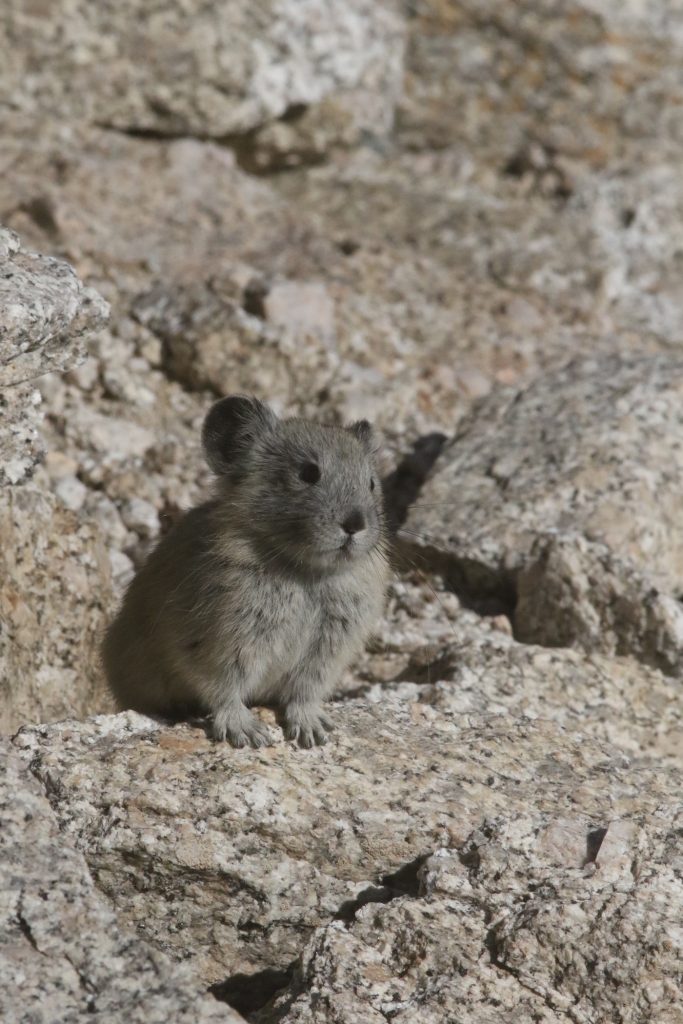
It was a frigid night. Down on Highway 395, the Mojave Desert was a sweltering 105 degrees, but at 12,000 feet it dipped down into the 30s. I could barely feel my fingertips as I wrestled into my down jacket and then my sleeping bag. Within my small pocket of warmth, I inhaled a veggie wrap, grateful for another special moment in the mountains. As the night wore on, marmots chirped at my tossing and turning in my sleeping bag, and while fumbling with my camera gear as one shooting star after the next shot across a star-filled, Eastern Sierra night.
By 4 am, first light beyond the Inyo Mountains slowly brightened the eastern horizon. Gray-crowned rosy finches, the only songbird above tree line, began their morning serenade, a beautiful trill amongst a barren granite mountainscape. Before the sun came up, I scanned for bighorn sheep with my binoculars from the comfort of my sleeping bag.
There was still an icy chill hanging above tree line. The night before I had strategically placed my sleeping bag in a spot that allowed me to simply sit up with great visibility north/northwest of where I had bedded down. The morning sun was off my right shoulder, so I sat and watched.
Sure enough, traversing across the next ravine to the west were approximately 30 Sierra bighorn sheep. I quickly leapt out of my sleeping bag and packed my gear. It’s not a simple task moving as fast as possible with a 30-pound camera pack and a camera in one hand and binoculars in the other. Some sections the granite was unstable, and the bighorn blended in so well within their mountain biome. Eventually, I ended up losing them in the granite. It would have to be another day, another attempt for a better outcome, but fortunately the mountains aren’t going anywhere.
However, the American pika on Old Army Pass was a nice consolation photographically and for my mind. Wherever I am, I need to be around wildlife, and the pika, albeit a tiny mountain inhabitant, is atop “the climate change mountain.” They can’t survive above 77 degrees, so their mountain habitat is vital to their survival as they quickly dart around their craggy territories. When it becomes too warm, they hunker down deep within the talus to cooler temps, avoiding the mid-day sun.
To see one is sometimes fleeting. However, this last encounter I had with this particular pika, it remained curious for several moments. When I first saw it, it quickly disappeared in the talus. I made some noises with my mouth and within seconds it quickly revealed itself, while chewing on alpine grasses. It was the exact same color as the gritty granite, easily blending in with its alpine surroundings.
Fortunately, I was able to fire off a few frames with my Canon 300mm IS lens. Its roseate potato-shaped ears stood out along with its long toes grappling the granite. It seemingly had the best seat in the house as it overlooked Cottonwood Lakes, well below its lofty perch.
